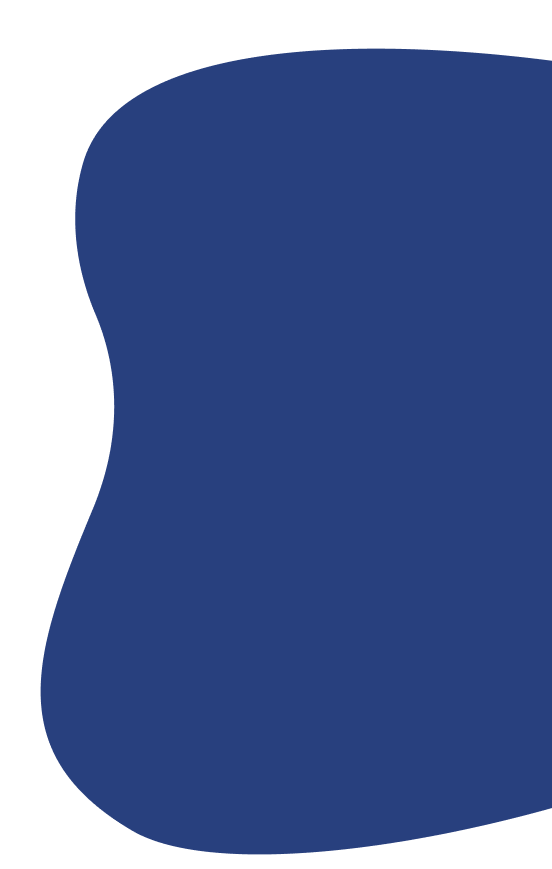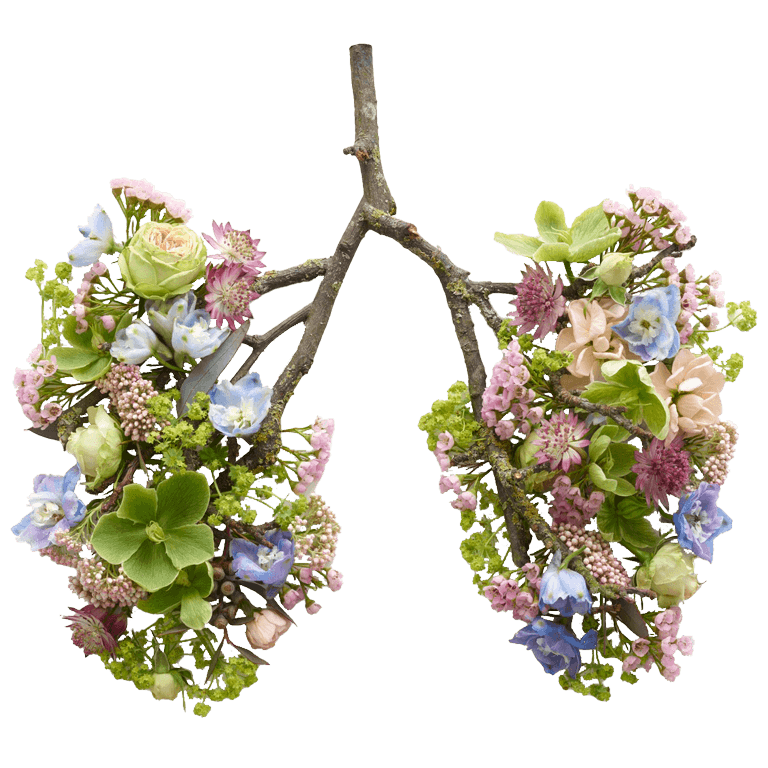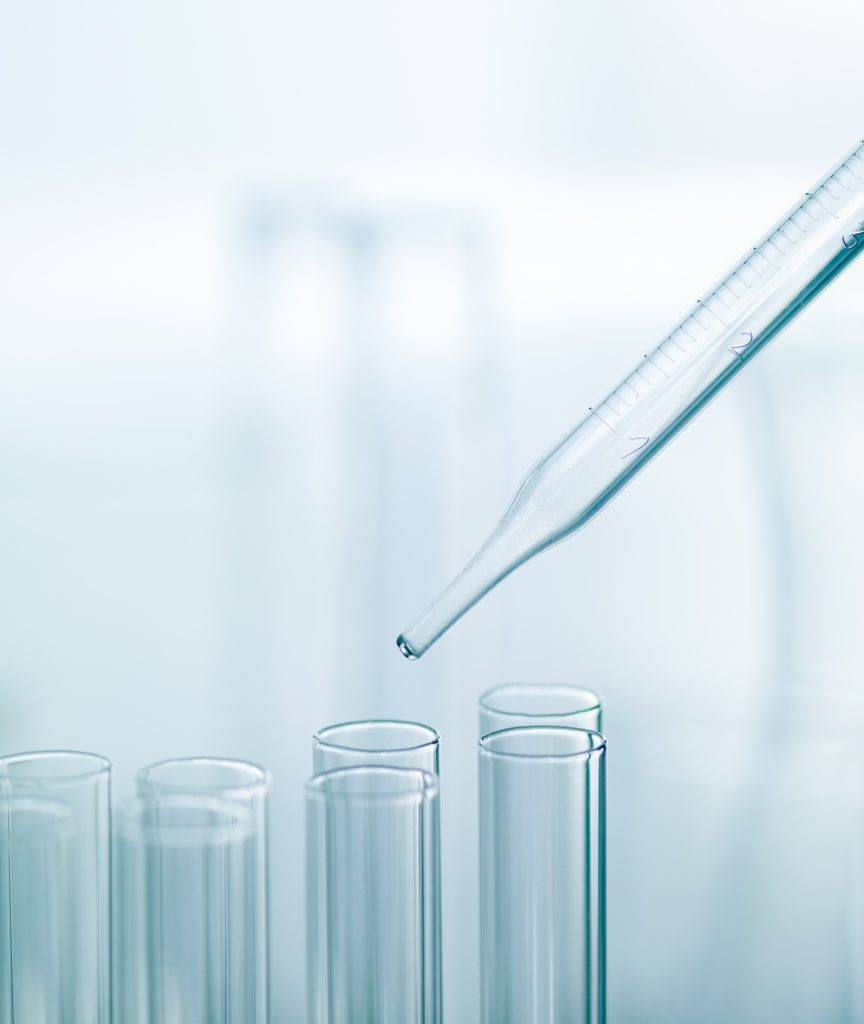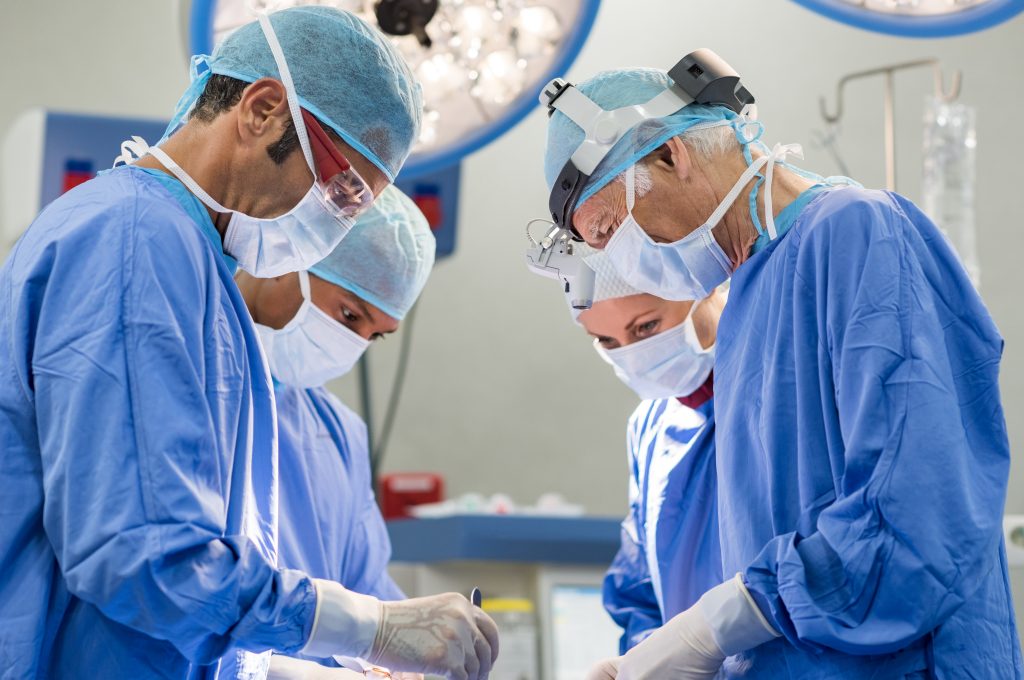






Bronchoalveolar lavage (BAL) is a procedure used to collect a sample of cells and fluid from the lungs. The sample is then analyzed in a laboratory to help diagnose respiratory diseases.









BAL is typically performed using a bronchoscope, a thin, flexible tube that is inserted through the mouth and down the throat into the airways of the lungs. Once the bronchoscope is in place, a small amount of saline solution is sprayed into the lungs. This solution helps loosen mucus and other debris, which can then be suctioned out. A sample of cells and fluid can then be collected from the lungs and sent to a laboratory for analysis.


BAL is often used to diagnose respiratory diseases, such as chronic obstructive pulmonary disease (COPD), pneumonia, and tuberculosis. It may also be used to detect diseases that affect other parts of the body but cause symptoms in the lungs, such as congestive heart failure or cancer.
Before BAL, lung samples were obtained through invasive procedures that involved making an incision directly into the lung, such as during open-lung biopsy. With BAL, the risk of complications is lower because there is no incision into the lung and less exposure to radiation compared with other imaging techniques, such as CT scan.
Preparation for a bronchoscopy may vary depending on your particular situation and needs. Prior to the procedure, you may be asked to not eat or drink for a certain number of hours. You will be given a sedative prior to the procedure and most likely you will be asleep through the process. A bronchoscopy usually takes about 20 – 30 minutes.
You will likely experience some shortness of breath during and immediately following your procedure. This is a normal part of the process, but if you are concerned about your breathing, let your doctor know.
The procedure often causes coughing and discomfort in the throat. The doctor may provide additional medication to help you feel more comfortable during the procedure. If you have asthma or allergies, be sure to tell your doctor before the procedure. You may need to take steroid medication to help prevent an asthma attack.
You will be given a prescription for antibiotics before the procedure, but it is very important that you start taking them as directed immediately after your bronchoscopy. This ensures that bacteria in the sample are killed while they are still in your body and not allowed time to spread to other parts of the body. If you are allergic to any antibiotics, let your doctor know before the procedure. You may receive another type of medication instead.
You will likely be able to return to your usual level of activity right away after a bronchoscopy. Your healthcare team will tell you when it is safe for you to return to work or your usual activities.
You will likely be given medication to prevent nausea and vomiting, but if you experience any discomfort afterward, call your doctor right away. For more information on this procedure including risks, availability, costs and preparation required please give our office a call to discuss.
We accept most PPO and Medicare insurance plans. We recommend you contact your insurance plan to insure we are in-network.
Integra Health, PC is a leader in quality health care. Our team provides comprehensive and compassionate services. We honor individuality and empower people through open and honest communication. We also strive to earn the loyalty of every person we serve.
Temecula
Address
44605 Avenida de Missiones
Suite 206
Temecula, CA 92592
Phone
(951) 200-5154
Fax
(951) 302-0800
Laguna Hills Sleep Center
Address
23961 Calle de la Magdalena
Suite 530
Laguna Hills, CA 92653
Phone
(949) 243-7066
Fax
(949) 328-9229